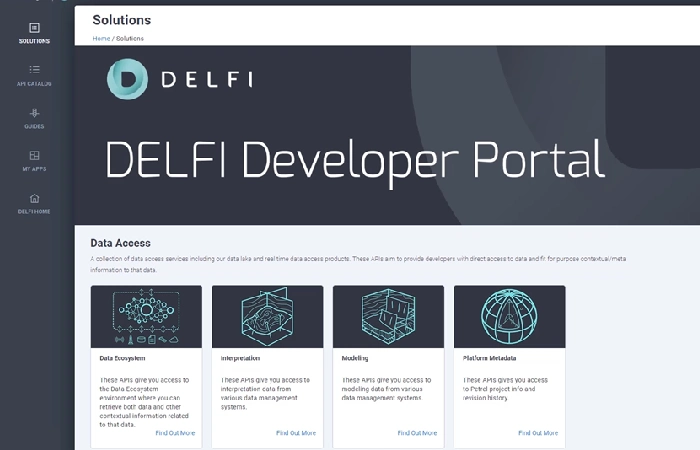A developer portal can be defined as the interface standing between a set of SDKs, APIs, and other interactive tools and applications. The portal is responsible for helping organizations achieve their business goals with software applications. When it comes to APIs (Applications Programming Interfaces), the developer portal is task with making sure that API users have everything that they need for them to easily and quickly start making API requests.
It is, therefore, important for organizations to make sure that they have create a seamless developer portal with an amazing user experience. Some organizations get confuse when it comes to the term user experience. This is because they think that user experience is only associated with users interacting with web applications in the front end.
However, API users, or rather developers implementing an API integration company are also users. They need to find it easy to use an API, implement it, and meet all their requirements with the API efficiently. Building a good user experience in developer portals is very important for organizations that build APIs.
In situations where developer portals come with poor user experiences, chances of slowing the time taken for the first request and having high bounce rates are very high. This might lead to API users looking for an alternative API, something that every business should avoid.
When creating developer portals, organizations should make sure that they have added a number of elements for their portals to meet all their requirements. These elements include;
Reference Documentation

Reference documentation is very important when building a great developer portal. This is because it plays a vital role when showing the API users all the available options for the API endpoints. In addition, it helps the API users understand the meaning of all the property methods used in the API, their values, the validation rules use with the methods, and explains the meaning of the different errors that might be thrown when using the API. This makes the developer portal easy to use for any developer.
Tutorials, Training, and Guides
A good developer portal should try as much as possible to simplify the onboarding process of any developer, whether experienced or a beginner. It should come with a step-by-step guide that shows them how to get all the authentication requirements require when creating API requests. In addition, the developer portal should show the API workflows and how responses, as well as requests, can work together when solving common issues.
Helper Libraries and Code Samples
When implementing an API, every developer will find it difficult if they were to do everything on their own without any samples or help. This would, in most chances, make them look for alternative APIs that provide them with what they are looking for.
A good developer portal should make it easy for them when implementing an API. It should enable them to integrate quickly without any issues and come with helper libraries and code samples. These samples should come in different and popular programming languages such as Ruby, Python, and Java.
Changelog
Building and deploying an API does not mean that development is complete and no other versions or features will ever add. For instance, organizations might build an API and release it with the most basic features, or rather the most important features.
After some time, they can add more features to the API. When this happens, it is important for them to make sure that their developer portal comes with a changelog that shows all the added features and any other changes made on the API.
Mock Requests
A good developer portal should make it possible for developers to make mock requests right within the API and get valid responses. Before getting start with an API, developers need to make sure that the API does what they need it to do. One way of testing this is through mock requests. It is, therefore, important for organizations to include mock requests within their developer portals.
Finally, even though it might not be easy to add all the elements into developer portals that organizations might want to, it is very important for them to at least ensure that they have added the ones listed above. These elements will not only help them keep up with technology but also make their developer portals easy to use, user-friendly, and will come with an amazing user experience.


